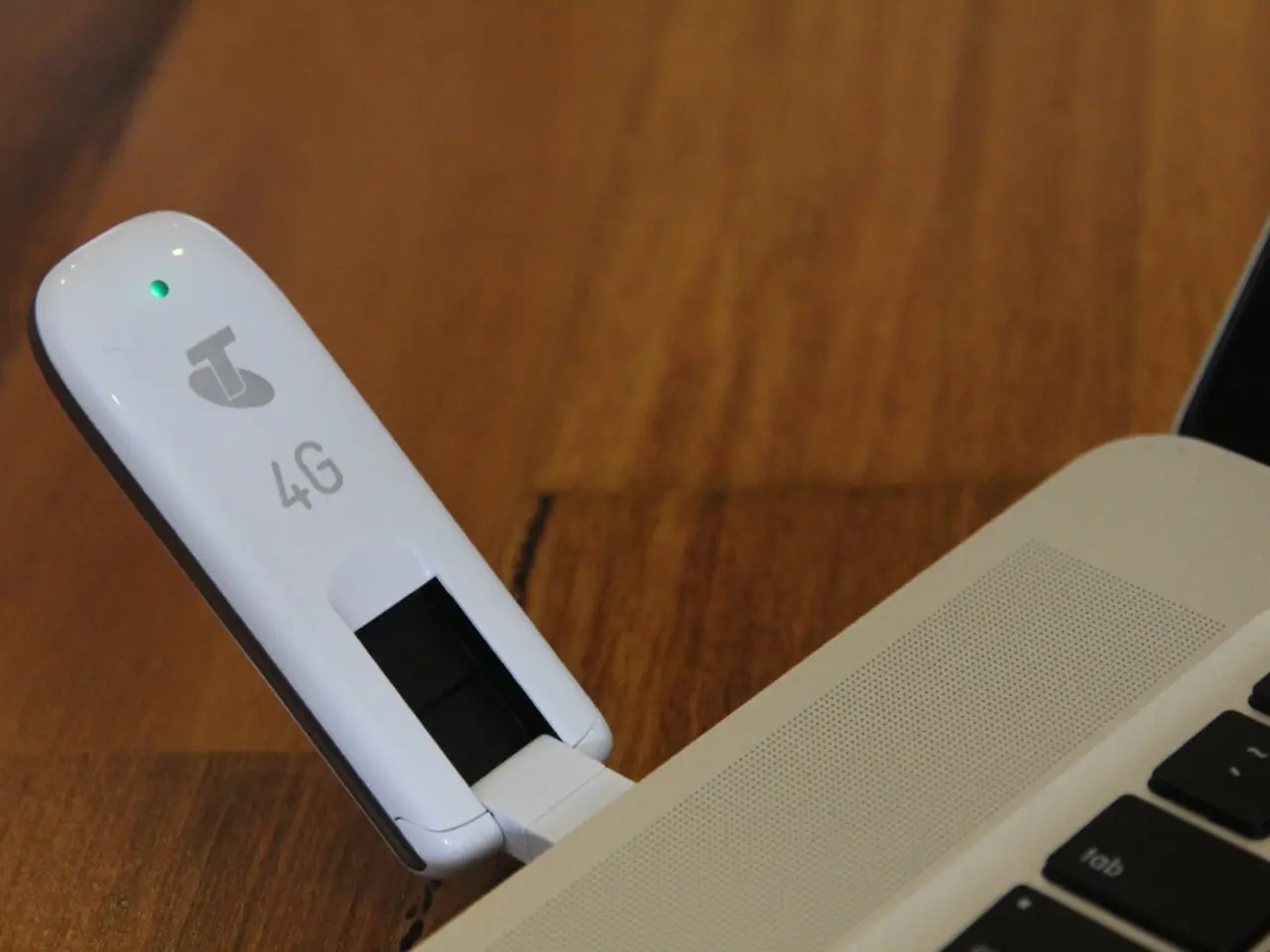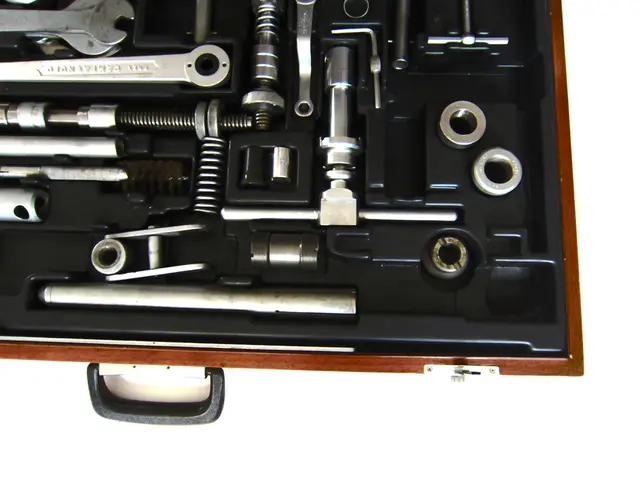Progress of Data Storage: From Floppy Disks to Today's Technology - Advancements Examined
### From Floppy Disks to Modern Storage Solutions: A Revolution in Data Storage
In the 1990s, the 3.5-inch floppy disk was the go-to medium for storing and sharing data, playing a significant role in the proliferation of PC-based computing during this time (1). However, its limitations, particularly in terms of storage capacity and speed, led to the emergence of alternative storage mediums in the late 1990s and early 2000s.
The floppy disk, introduced in the 1990s, offered a more compact design and a higher storage capacity of 1.44 megabytes (MB) compared to its predecessor, the 5.25-inch floppy disk, which had a capacity of around 360 kilobytes (KB) and was the standard for home computers in the 1980s (2, 5). Yet, these capacities were still very limited when compared to modern storage solutions.
The rise of CD-ROMs, with a large capacity of around 650 MB and being read-only, further reduced the reliance on floppy disks (3). By the end of the 2000s, floppy disks had essentially been phased out of mainstream use, with even computers ceasing to include floppy disk drives as standard equipment (4).
Fast forward to today, and modern storage solutions have evolved dramatically from floppy disks. Key advancements have focused on increased capacity, speed, reliability, and form factor versatility.
One of the most significant developments is the emergence of flash memory and solid-state drives (SSDs), which use non-volatile semiconductor cells to store data electronically, eliminating moving parts and increasing robustness and speed (1, 4). Capacities have expanded from megabytes to multi-terabytes, with innovations such as multi-level cell (MLC), 3D V-NAND stacking, and TLC architectures, enabling devices with 100+ TB storage by the 2020s (1).
Modern hard drives, while still using magnetic storage principles, have vastly higher capacities (multiple terabytes), improved read/write speeds, and use advanced magnetic materials for better thermal stability and data retention. However, they retain mechanical components, which can limit speed and reliability compared to solid-state options (2).
Hybrid solutions combining SSDs and hard disk drives (HDDs) optimize cost and performance, especially for cloud and edge computing applications. Advances in magnetic materials and the integration of AI and machine learning in storage management are new frontiers increasing efficiency and data handling capabilities (2).
Non-volatile memory technologies, such as EEPROM, NAND flash, and floating gate technology, have laid the foundations for modern solid-state storage devices. Innovations such as stacked-gate avalanche-injection memory cells and charge trap cells have enhanced durability and functionality of non-volatile memories (3).
In terms of key improvements over floppy disks, modern storage solutions offer vastly increased capacity, faster speeds, greater durability, improved power efficiency, and more versatile form factors. The future of data storage looks promising with emerging technologies that promise to change the way we store, access, and manage data for years to come.
Cloud storage services offer real-time synchronization, meaning that changes made on one device are automatically updated across all devices connected to the cloud. They offer immense benefits such as scalability, convenience, and accessibility. USB flash drives offer storage capacities that can range from a few gigabytes to several terabytes, and they are capable of transferring data much faster than floppy disks ever could.
In conclusion, the evolution from floppy disks to modern storage solutions reflects a broader shift from mechanically based magnetic storage to solid-state, semiconductor-based storage, dramatically transforming data storage in computing over recent decades (1, 2, 4).
Gadgets and tech enthusiasts can now store vast amounts of data on USB flash drives, far surpassing the limits of floppy disks. Regarding lifestyle and home-and-garden concerns, modern storage solutions have also found their way into smart appliances, bringing cloud-computing advancements directly into the household. These developments in data-and-cloud-computing have revolutionized the scene, making technology more accessible and efficient for our daily needs.




